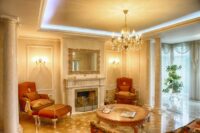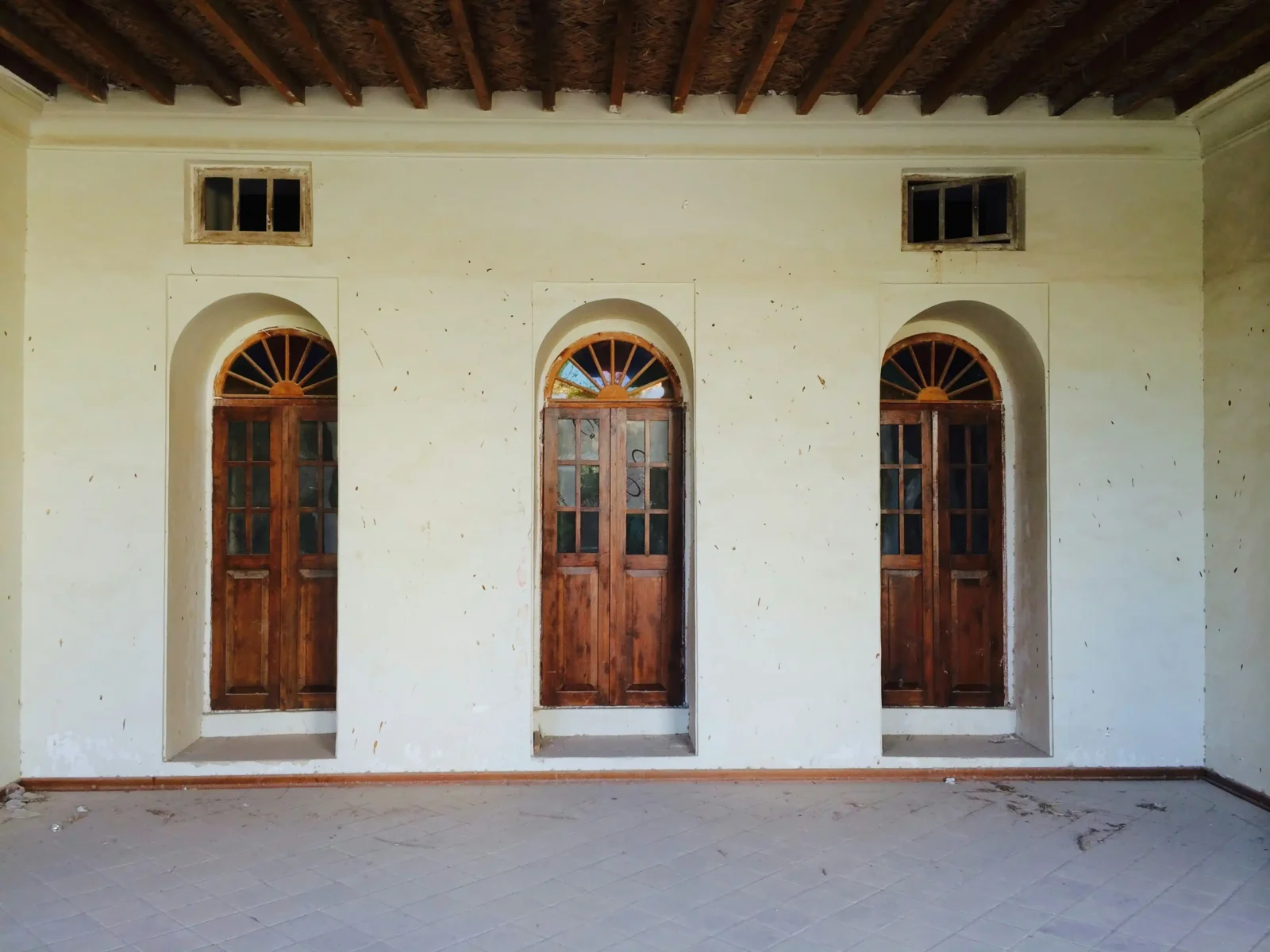- Home
- Articles
- Architectural Portfolio
- Architectral Presentation
- Inspirational Stories
- Architecture News
- Visualization
- BIM Industry
- Facade Design
- Parametric Design
- Career
- Landscape Architecture
- Construction
- Artificial Intelligence
- Sketching
- Design Softwares
- Diagrams
- Writing
- Architectural Tips
- Sustainability
- Courses
- Concept
- Technology
- History & Heritage
- Future of Architecture
- Guides & How-To
- Art & Culture
- Projects
- Interior Design
- Competitions
- Jobs
- Store
- Tools
- More
- Home
- Articles
- Architectural Portfolio
- Architectral Presentation
- Inspirational Stories
- Architecture News
- Visualization
- BIM Industry
- Facade Design
- Parametric Design
- Career
- Landscape Architecture
- Construction
- Artificial Intelligence
- Sketching
- Design Softwares
- Diagrams
- Writing
- Architectural Tips
- Sustainability
- Courses
- Concept
- Technology
- History & Heritage
- Future of Architecture
- Guides & How-To
- Art & Culture
- Projects
- Interior Design
- Competitions
- Jobs
- Store
- Tools
- More
Innovative Window Solutions: Enhancing Architectural Design with No-Drill Blinds

As architects and designers, we’re constantly seeking innovative solutions to enhance both the aesthetics and functionality of our projects. One often overlooked aspect of interior design that can significantly impact a space is window treatments.
In this article, we’ll explore how no-drill blinds can revolutionize the way we approach window coverings in architectural design, offering a perfect blend of style, practicality, and ease of installation.
Table of Contents
ToggleThe Evolution of Window Treatments in Architecture
Traditional Window Coverings: A Brief History
Window treatments have been an integral part of architectural design for centuries.
From heavy draperies in medieval castles to the sleek venetian blinds of mid-century modern homes, the evolution of window coverings reflects changing aesthetic preferences and technological advancements.
The Challenge of Conventional Blinds
While traditional blinds have served us well, they often present challenges in installation, especially in modern construction with varied window materials and designs.
The need for drilling can damage surfaces, complicate the installation process, and limit flexibility in design changes.
Introducing No-Drill Blinds: A Game-Changer in Design
What Are No-Drill Blinds?
No-drill blinds represent a significant leap forward in window treatment technology. These innovative solutions allow for seamless installation without the need for drilling holes or causing permanent alterations to window frames or surrounding walls.

The Advantages for Architects and Designers
For those of us in the architectural field, no-drill blinds offer numerous benefits:
- Preservation of structural integrity
- Increased design flexibility
- Faster installation and easier modifications
- Suitability for a wide range of window types and materials
Design Possibilities with No-Drill Blinds
Minimalist Aesthetics
No-drill blinds align perfectly with minimalist design principles, offering clean lines and unobtrusive profiles that complement modern architectural styles.
Versatility in Material and Color
These blinds come in a variety of materials and colors, allowing architects to seamlessly integrate them into any design scheme, from sleek corporate offices to cozy residential spaces.
Practical Applications in Various Architectural Settings
Residential Architecture
In home design, no-drill blinds offer homeowners the flexibility to easily change their window treatments without worrying about permanent damage to walls or window frames.
Commercial Spaces
For office buildings and retail spaces, these blinds provide a professional look while allowing for easy maintenance and updates to keep pace with changing brand aesthetics.

Technical Considerations for Architects
Integration with Smart Home Systems
Many no-drill blinds can be integrated with smart home technologies, offering automated control and enhancing the overall user experience in modern buildings.
Energy Efficiency and Sustainability
These blinds can contribute to a building’s energy efficiency by providing effective light control and insulation, aligning with sustainable design practices.
Installation Process: Simplifying the Architect’s Role
Streamlined Project Management
The ease of installation of no-drill blinds can significantly reduce project timelines and simplify the coordination between architects, contractors, and clients.
Reducing On-Site Complications
By eliminating the need for drilling, architects can avoid potential issues with varying wall materials or hidden electrical wiring, ensuring a smoother installation process.
Case Studies: Successful Implementations
Modern Office Renovation
In a recent office renovation project, we opted to try no drill blinds, which allowed for a quick installation without disrupting the existing window frames or newly painted walls.
The result was a sleek, professional look that impressed both the client and employees.
Adaptive Reuse of Historical Buildings
When working on the conversion of a historical building into a boutique hotel, no-drill blinds provided an elegant solution that respected the original architecture while meeting modern comfort standards.
Future Trends in Architectural Window Treatments
Advancements in Materials and Technology
As technology advances, we can expect to see no-drill blinds made from even more innovative materials, offering enhanced durability and functionality.

Integration with Building Information Modeling (BIM)
The simplicity of no-drill blinds makes them ideal for integration into BIM systems, allowing for more accurate and comprehensive building design and management.
Conclusion: Embracing Innovation in Architectural Design
As architects, our role is to blend aesthetics with functionality, always seeking solutions that enhance the user experience while simplifying the construction process. No-drill blinds represent a perfect example of how innovative thinking can solve long-standing challenges in our field.
By incorporating these modern window treatments into our designs, we can create spaces that are not only beautiful but also practical and adaptable to changing needs.
As we continue to push the boundaries of architectural design, embracing such innovations will be key to creating the flexible, efficient, and stunning spaces of tomorrow.
illustrarch is your daily dose of architecture. Leading community designed for all lovers of illustration and #drawing.
1 Comment
Submit your architectural projects
Follow these steps for submission your project. Submission FormLatest Posts
How Modern Bridges Balance Aesthetics and Engineering
How modern bridges balance aesthetics and engineering: explore form-driven systems, case studies,...
Exterior & Interior Remodeling Tips Every Homeowner Should Consider
Home upgrades reshape comfort, improve function, and strengthen long-term property value. Whether...
Top 8 Luxury Vacation Rentals Features Guests Love Most
A luxury vacation rental offers an entirely different experience than a typical...
Why Local Expertise Matters: Choosing the Right Plumbers in Townsville
Why Local Expertise Matters: Choosing the Right Plumbers in Townsville When it...












I think no-drill blinds are interesting. They seem easy to install and good for homes. It’s nice to see new ideas in design.